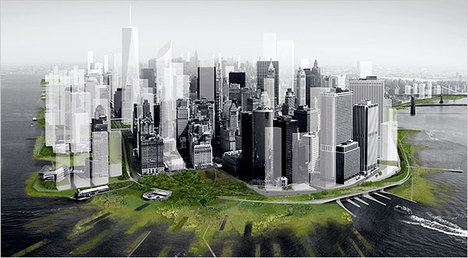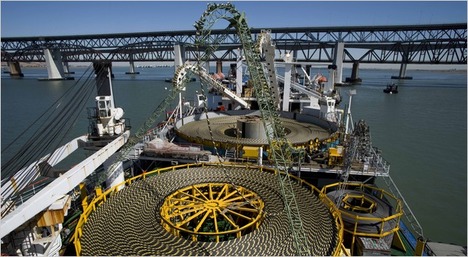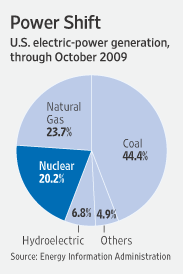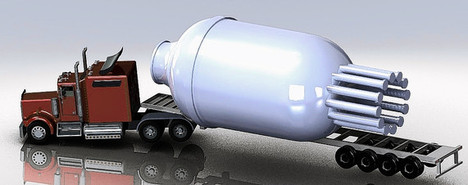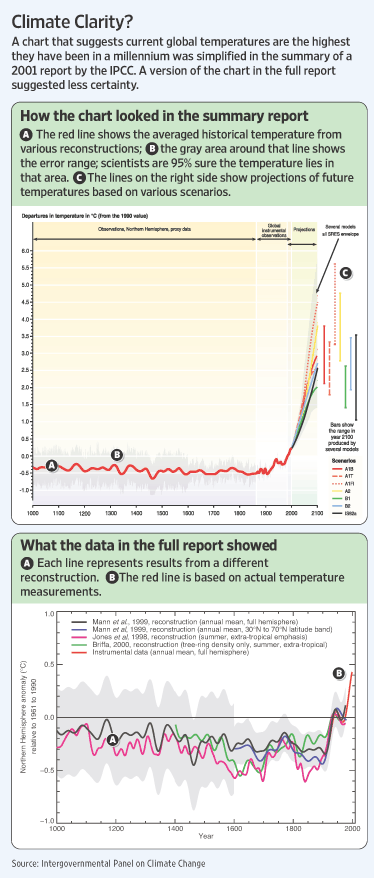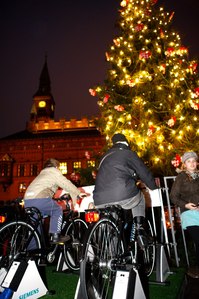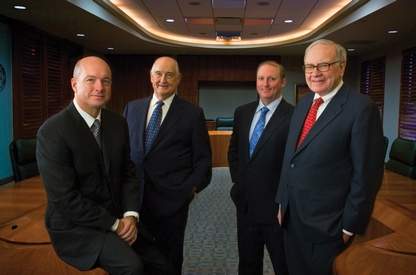
“MidAmerican shareholders. David Sokol, Walter Scott, Greg Abel and Warren Buffett.” Source of caption and photo: online version of the Omaha World-Herald article quoted and cited below. (Note: bold added.)
(p. 1D) Despite recent steps to encourage wind-generated electricity in Nebraska, Omaha businessman and philanthropist Walter Scott said Thursday that nuclear power is the only economically viable way to generate electricity without carbon-dioxide emissions.
“To me, that is the ultimate answer if you want to reduce carbon dioxide,” Scott told about 150 people at a breakfast session of the Omaha chapter of the Association for Corporate Growth, held at Happy Hollow Club.
Solar and wind-generated electricity require government subsidies, Scott said. And because the 1979 accident at Three Mile Island, Pa., shut down nuclear energy construction in the United States, this country will have to buy its new nuclear-generating equipment from France and Japan, which dominate that industry, he said.
“Isn’t that a wonderful thing?” asked Scott, who also said electric vehicles eventually will capture a significant market.
The Three Mile Island accident “shook people up” even though no one was killed and the containment vessel worked as designed by engineers to prevent radioactive material from spreading, said Scott, chairman-emeritus of Peter Kiewit Sons’ Inc. and a director of several corporations, including Berkshire Hathaway Inc.
Kiewit has been involved in the energy industry for decades, he noted, and Berkshire’s energy division, MidAmerican Energy Holdings Co., has substantial wind farms in Iowa and several other states. But those wind farms are viable only because they operate under government rules that guarantee a return on investment, even with their higher costs, Scott said.
For the full story, see:
Steve Jordon. To Cut Carbon, Go Nuclear; It’s the Ultimate Answer for Reducing Emissions, the Kiewit Official Suggests in a Speech.” Omaha World-Herald (Friday, May 14, 2010): 1D-2D.
(Note: the online version of the article had the title “Scott: To go green, go nuclear.”)


